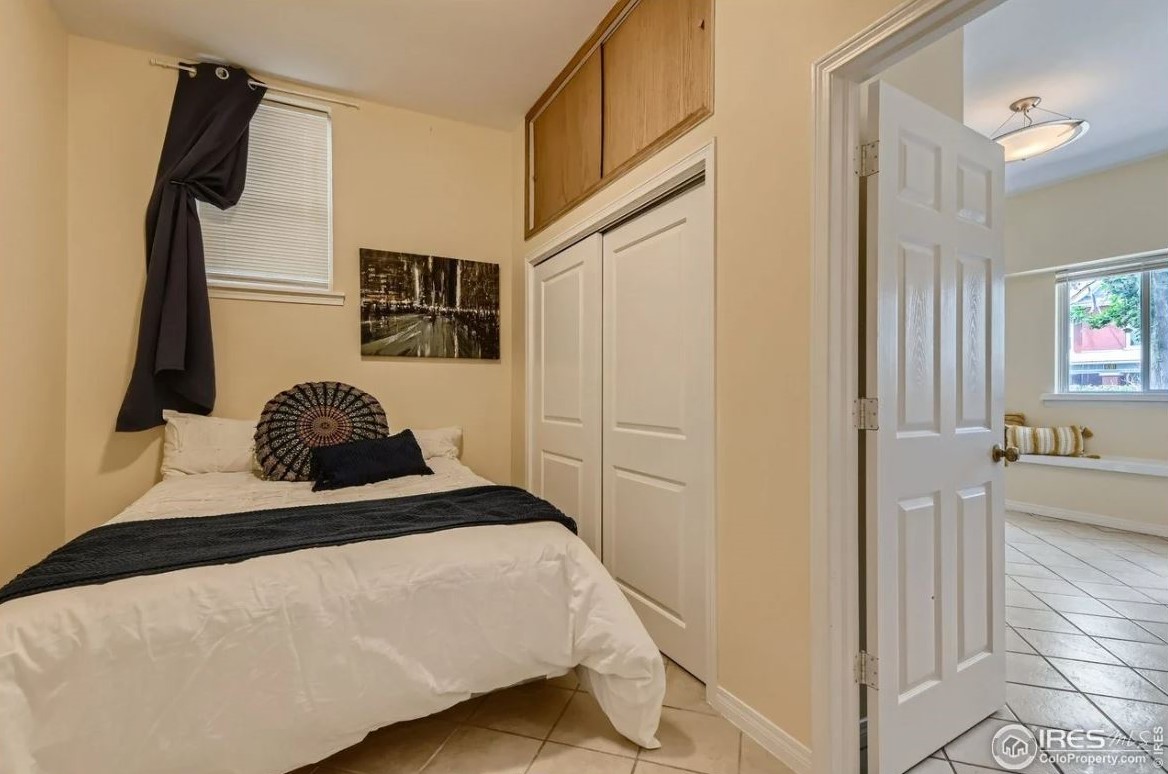If you own rental property in Longmont, understanding where the market is heading in 2026 is critical. Rents are shifting, vacancies are in flux, and even a short lapse in occupancy can cut deeply into your annual returns. Smart investors know that staying informed is the first step to protecting their portfolio and avoiding costly surprises.
In this article, we’ll explore what landlords can expect for rent growth, vacancy dynamics, and why one empty month can have a bigger financial impact than you might think. We’ll also cover how professional property management can give you an advantage in navigating these changes.
At Boulder Property Management, we help investors stay ahead of trends with local expertise and proactive strategies. If you’re wondering how your rental stacks up in today’s market, request your free rental assessment today.

Rental Price Trends
As of mid-2025, the average monthly rent in Longmont sits around $2,050 according to Zillow, though Apartments.com data shows slightly lower averages of $1,650–$1,950 depending on property size. One-bedroom units are renting in the $1,600s, while three-bedrooms often reach the $2,400+ range.
Over the past year, rents dipped slightly—down about $150 from mid-2024. This temporary softness came from a flood of new apartments hitting the market, giving tenants more choices and pushing landlords to adjust pricing. But signs of recovery are already emerging. In the last month alone, average rents in Longmont ticked up by about $70.
Industry forecasters expect this rebound to continue. Reports from firms like RealPage and CoStar suggest that 2026 will bring renewed rent growth as the oversupply of 2023–2024 is absorbed and demand stabilizes. For landlords, this creates both a challenge and an opportunity: keep units priced competitively in the short term to avoid vacancies, while preparing to adjust rents upward as the market strengthens again.
Vacancy Rates and Supply–Demand Dynamics
Vacancy rates in Longmont have been elevated compared to nearby Boulder. In late 2023, the Longmont/Northwest Boulder County multifamily submarket reported vacancy rates of 8.2%, compared to Boulder’s 7.5%. This spike was largely tied to new apartment developments that all came online at once.
By 2024, vacancy rates eased closer to 6%, with citywide housing vacancy around 4%. That’s still higher than the county average but signals improvement. Analysts expect vacancy to tighten further in 2025–2026 as the pipeline of new units is absorbed and population growth continues to fuel demand.
For landlords, this means you may still experience longer leasing timelines in the near term. However, by 2026, the competitive edge should shift back toward owners, with fewer vacant units available and more tenants actively looking. Those who plan ahead with strong marketing, tenant screening, and retention strategies will be positioned to benefit the most.
At Boulder Property Management we market your property widely, place reliable tenants, and manage leasing quickly so your unit doesn’t sit empty. Request your free rental assessment today to see how we can help you fill vacancies faster.
The Cost of One Month’s Vacancy in Longmont
It’s easy to underestimate the impact of just one month without rent, but the math tells a sobering story.
- With the average rent around $2,050, a single vacant month means more than $2,000 in lost gross revenue.
- Even after accounting for typical operating costs, that’s roughly $1,950 net income gone.
- On an annual basis, that one month cuts your gross rental income by over 8%—a significant blow to your projected ROI.
And that’s only the direct rent loss. Once you add turnover costs—such as cleaning, repairs, marketing, and sometimes concessions for new tenants—the real loss is even higher.
For a landlord with one or two properties, that gap can represent the difference between covering a mortgage comfortably and dipping into reserves. For investors with multiple units, even a 5–10% vacancy rate across a portfolio can add up to tens of thousands in lost revenue.
We help you keep good tenants, handle repairs quickly, and reduce vacancy. That means steady income and less stress for you. Get your free rental assessment today and see how we can protect your bottom line.

Key Takeaways for Longmont Landlords
In 2026, Longmont landlords can expect rents to rebound after a period of softness, with average rates climbing again as new construction is absorbed and tenant demand stabilizes. Vacancy rates, which spiked in recent years due to oversupply, are projected to tighten, giving property owners stronger pricing power and shorter leasing timelines.
But even with improving conditions, the cost of a single month of vacancy remains significant—losing more than $2,000 in rent can reduce annual income by over 8% once turnover and leasing expenses are factored in. For property owners, staying competitive means monitoring market shifts, pricing rentals strategically, and focusing on tenant retention to avoid costly gaps in occupancy.
Ready to Secure Your Rental Income in 2026?
The Longmont rental market is evolving. With rents projected to rise, vacancies expected to tighten, and the high cost of just one empty month, the decisions you make today will shape your returns in the year ahead.
At Boulder Property Management, we specialize in helping property owners navigate shifting rental markets with confidence. From pricing strategies to tenant retention, our team makes sure your property earns consistent income while staying compliant with Colorado’s latest laws.Don’t wait for market changes to catch you off guard. Request your free rental assessment today and discover how Boulder Property Management can protect your investment and maximize your returns in 2026.
